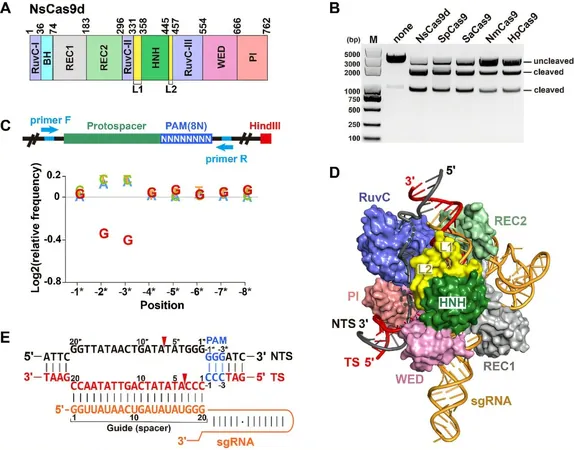
Game Changer for Prostate Cancer Detection: bpMRI vs. mpMRI
2025-09-22
Author: Daniel
Revolutionary Findings from the PRIME Trial
In a groundbreaking study unveiled in the PRIME trial, biparametric MRI (bpMRI) has been shown to be just as effective as multiparametric MRI (mpMRI) for detecting prostate cancer. Led by expert Veeru Kasivisvanathan, this multicenter international research provided level 1 evidence, indicating that bpMRI, which excludes contrast-enhanced sequences, is a formidable alternative.
Comparable Detection Rates Redefine Standards
The study revealed that detection rates between bpMRI and mpMRI were nearly identical, with both methods identifying clinically significant prostate cancer at rates of 29%, showing just a 0.4% variance. Upon examining these results, it became clear that omitting contrast did not diminish diagnostic accuracy, alter recommendations for biopsies, or negatively impact treatment decisions.
A New Standard of Care?
Kasivisvanathan advocates for bpMRI to become the go-to standard in primary diagnostics for urologists. This shift is crucial as access to high-quality MRI services poses a challenge globally. For instance, data from the U.S. highlights that only about one-third of men who need biopsies receive an MRI beforehand. By simplifying the procedure and making it more cost-effective through the omission of contrast, bpMRI stands to democratize access to prostate imaging.
A World of Potential Awaits
With an estimated demand for 4 million prostate MRIs every year, bpMRI's easier implementation could be a game changer for men in diverse healthcare settings around the world. However, the necessity for consistent diagnostic quality remains paramount. Remarkably, the PRIME trial reported that 99% of scans were rated adequate for diagnosis, a feat achieved via rigorous quality assurance measures.
Quality Assurance: The Key to Success
Each participating center in the trial underwent a stringent pre-evaluation using the PI-QUAL scoring system, which ensured adherence to the internationally recognized PI-RADS standards. Kasivisvanathan emphasized the importance of continuous quality assessment and the need for experienced radiologists to interpret these images. By implementing these safeguards, the groundbreaking findings of the trial can be effectively translated into broader clinical practice, paving the way for bpMRI to enhance diagnostic pathways for men with suspected prostate cancer around the globe.



 Brasil (PT)
Brasil (PT)
 Canada (EN)
Canada (EN)
 Chile (ES)
Chile (ES)
 Česko (CS)
Česko (CS)
 대한민국 (KO)
대한민국 (KO)
 España (ES)
España (ES)
 France (FR)
France (FR)
 Hong Kong (EN)
Hong Kong (EN)
 Italia (IT)
Italia (IT)
 日本 (JA)
日本 (JA)
 Magyarország (HU)
Magyarország (HU)
 Norge (NO)
Norge (NO)
 Polska (PL)
Polska (PL)
 Schweiz (DE)
Schweiz (DE)
 Singapore (EN)
Singapore (EN)
 Sverige (SV)
Sverige (SV)
 Suomi (FI)
Suomi (FI)
 Türkiye (TR)
Türkiye (TR)
 الإمارات العربية المتحدة (AR)
الإمارات العربية المتحدة (AR)